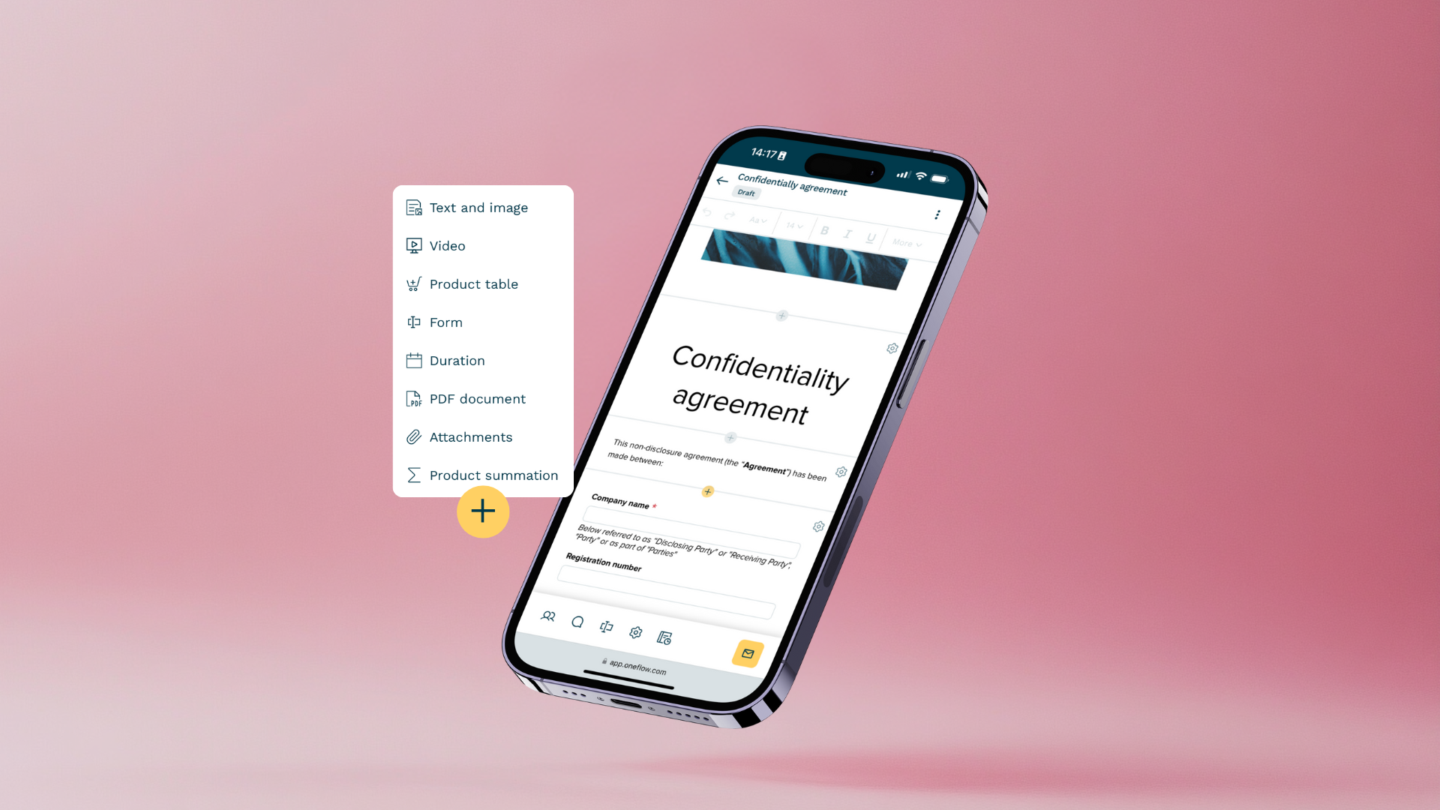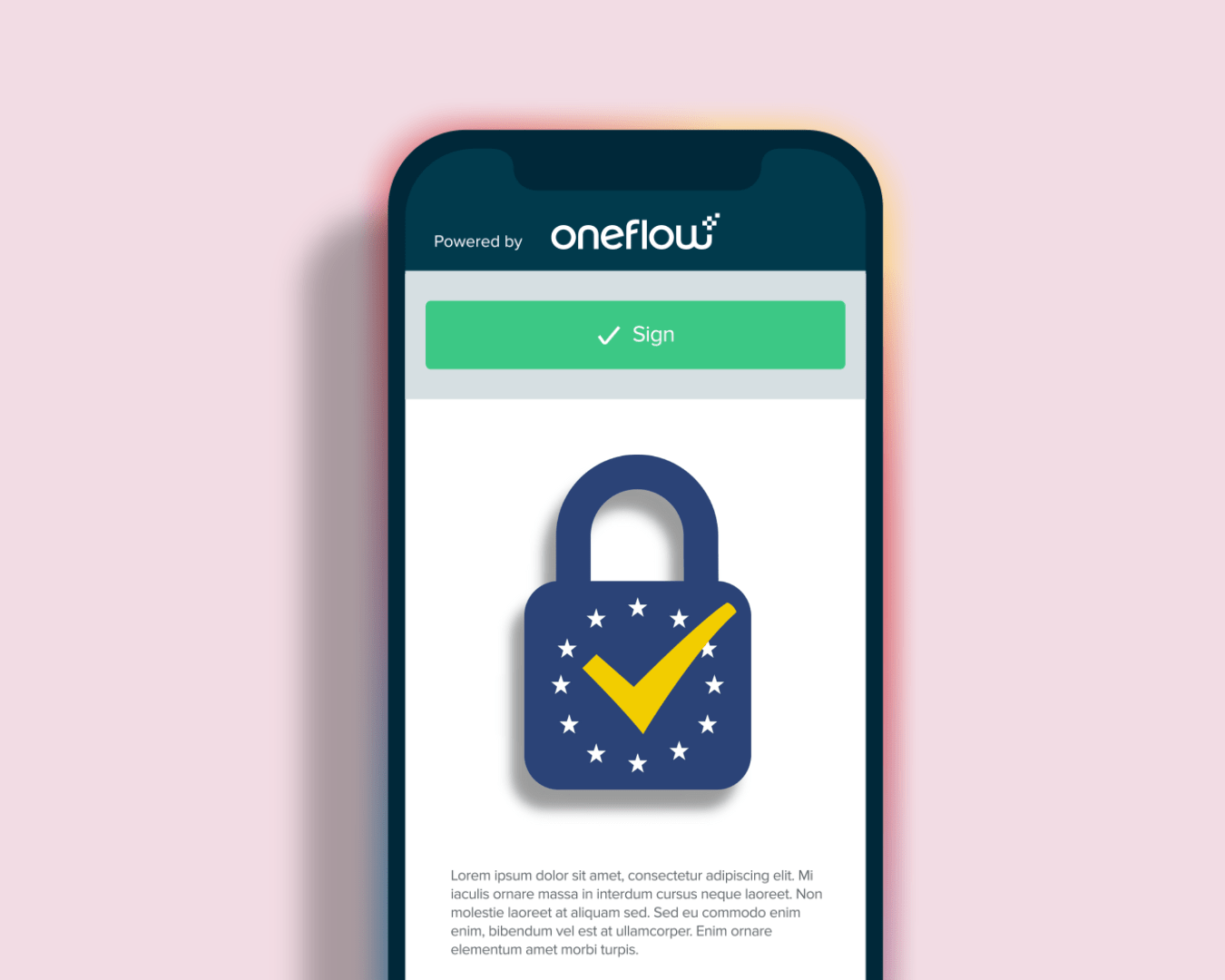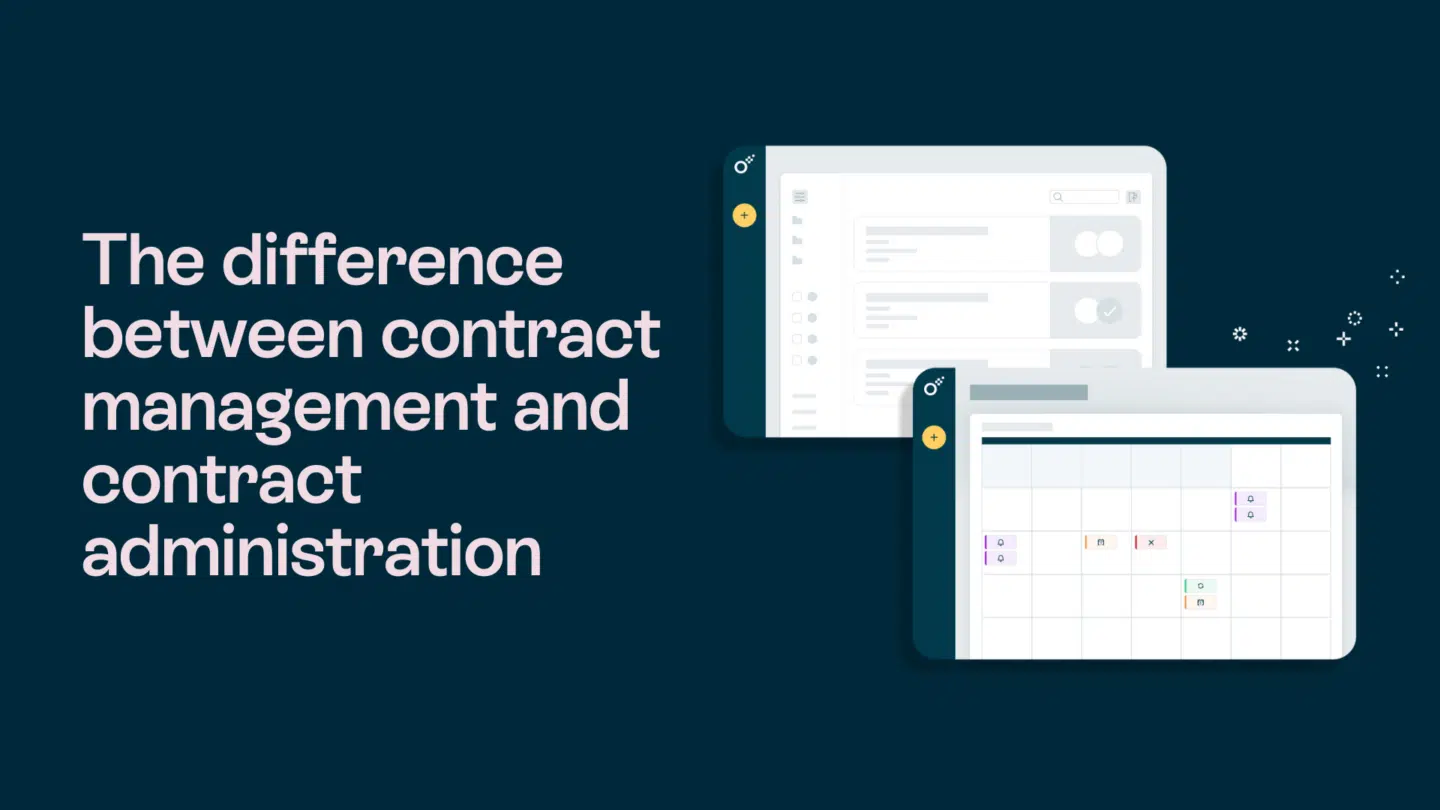Imagine this: You’ve just wrapped up negotiations with a new partner in Germany. Everyone’s excited. The terms are clear. You’re ready to go. But then comes the question, “Can you send the contract with a qualified electronic signature?”
That one moment captures something a lot of businesses learn the hard way: contract signing looks very different depending on where you are in the world.
According to a survey by Oneflow, 35% of companies use the same contract signing method everywhere, while 34% adjust their approach depending on the region. That split says a lot. Some are playing it safe. Others are taking a more tailored approach.
If you’re operating globally—or even planning to—it’s time to dig into what makes contract signing tick across borders.

Contracts mean different things in different places
In the US or UK, a contract is often seen as a final, binding agreement. You sign, you commit. But in other parts of the world, especially across Asia or Latin America, a contract might be seen as more of a framework—a starting point for a relationship that can evolve.
That kind of cultural nuance can catch teams off guard.
Harvard Business Review tells a story of an American manager frustrated by a Japanese partner’s constant requests for “small adjustments” after signing. But in the local context, this wasn’t dishonesty—it was a normal part of doing business.
Why you should care:
- Misreading cultural signals can sour business relationships before they even begin.
- Being rigid when others expect flexibility (or vice versa) can derail progress.
What you can do about it:
- Talk to local partners early in the process about expectations.
- Work with advisors who understand the cultural landscape—not just the legal one.
Legal rules change from country to country
Now let’s go back to that deal in Germany. That request for a qualified electronic signature (QES) isn’t just a preference—it’s the law for certain types of contracts under the EU’s eIDAS regulation.
Under eIDAS, a Qualified Electronic Signature (QES) is the highest standard of electronic signature, equating to a handwritten signature in legal terms. For certain types of contracts and legal acts within the EU, including Germany, a QES is mandated to ensure legal validity and compliance. This means that for these specific cases, using a QES is not merely a preference but a legal requirement.
In the US, a basic e-signature might be enough. But in the EU or certain Asian markets, the law might require extra steps like verified identity, digital certificates, or even in-person notarization.
Forrester highlights this challenge clearly: Contract lifecycle management needs to be flexible enough to support both strategy and compliance—even when legal frameworks differ across regions.
Why you should care:
- If your contract doesn’t meet local legal requirements, it might not be valid.
- You could end up redoing the entire signing process—or worse, facing legal challenges.
What you can do about it:
- Make sure your contract platform supports the legal standards for each region you operate in.
- Get legal guidance before rolling out contract workflows across new countries.
Not everyone is ready for digital-first signing contracts
We’re used to thinking of digital as the default, but not everywhere is on the same page. In some countries, email and PDFs are still the go-to. Others might be ahead of the curve, fully embracing mobile signing and identity-verified platforms.
McKinsey breaks this down: While digital globalization is spreading fast, the pace of adoption varies based on infrastructure, policy, and digital readiness.
So if you roll out a slick, mobile-first contract platform in a market where clients still expect a printed PDF… you might hit a wall.

Why you should care:
- Rolling out the same process globally might backfire if it doesn’t meet users where they are.
- You risk frustrating clients or partners, and delaying the signing process.
What you can do about it:
- Offer flexibility. Support mobile, desktop, and even printable options if needed.
- Provide help docs, training, or onboarding support—especially for regions newer to e-signing.
Global contracts, local thinking
Here’s the takeaway: doing business globally means thinking locally when it comes to signing.
A single process won’t fit every market. But with the right tools—and the right mindset—you can build a flexible, secure, and compliant contract workflow that works wherever your deals take you.
Key takeaways
- Culture matters: Understand how different regions view contracts and negotiations.
- The law matters even more: Always check local signature requirements before sending.
- Digital readiness varies: Not all regions are mobile-first—some still prefer PDFs or paper.
- Flexibility wins: The best contract process is the one that adapts.
Looking for a contract platform that works just as well in Stockholm as it does in Paris? Oneflow helps teams collaborate, sign, and stay compliant—wherever you are.









